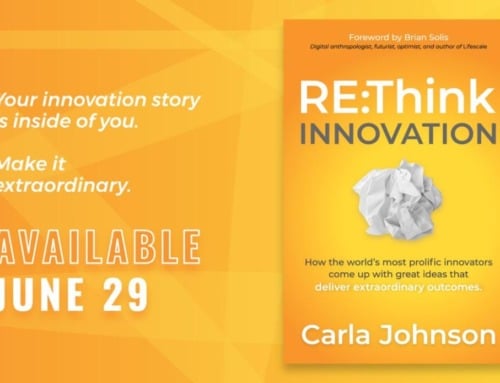Doubling your agency’s size from roughly 35 employees to 65 employees serves as the leveling-up stage where you take on bigger and better clients (and often better employees to serve them). As an owner, you’re no longer in the weeds like you might have been with 12 to 35 employees. Instead, your main focuses are business development and finance.
In my experience, business development is about making the C-level connections that drive business. It might occasionally require “roughing it” on the golf course or riding waves with an eclectic client, but keep an eye on the big picture: According to the U.S. Small Business Administration, small businesses created two-thirds of the jobs added in the last five years. You’re doing important work out there on the ninth hole.
Sharing The Leadership Load
When your agency reaches the 35-to-65-person stage, owners must be OK with being removed from the day-to-day decision-making loop. Your former department heads will probably become vice presidents to make room for more skilled and senior employees underneath them.
While client satisfaction and retention remain important, a variety of metrics and key performance indicators (KPIs) will move into the spotlight. A team with diverse backgrounds and expertise will be especially driven by numbers, and you’ll often see incentive pay (likely in the form of a bonus program) directly tied to KPIs.
Along with more rigid compensation structures, scaling up to the 35-to-65 stage requires structured responsibilities, and the agency becomes almost like a factory in terms of how jobs are brought in and where they’re assigned to from there. This doesn’t mean saying goodbye to creativity; it means, instead, that onboarding work and accomplishing it on time (and on budget) must now become systematic.
Putting Your Eggs In Multiple Baskets
Ramping up your agency means even more risk when it comes to relying on the one or two “gorilla” clients in your net that essentially carry the company. As you can imagine, payroll for that 65-person team is a hefty expenditure, as are the increased monthly costs associated with growth (like a bigger office and extra materials).
Developing and executing a business strategy takes valuable time that you don’t have when a gorilla walks out. Instead of waiting for a big client to leave — and don’t pretend for a second that it couldn’t happen to you — constantly vet new business so you’re prepared if your behemoth should exit the building.
To encourage all clients to stay with you as long as possible, make sure your employees are knockout performers. When your agency had fewer than 35 employees, it was easier to keep somewhat mediocre performers to avoid going through what can be a lengthy hiring and training process. At 65 employees, people who are unable to hit their numbers will have to go. You might have more cash flow, but when a client leaves, you’ll have to cut staff quickly to maintain the proper ratio.
Growth isn’t always easy, but there’s a definite path to follow to achieve it. To go from a 12-employee to 35-employee agency and then to one that’s around double the size, follow these steps carefully:
Master your niche.
In the 35-to-65 range, your marketing is extremely targeted toward the big clients in your vertical. A wide scope of operations isn’t what gets you to this size — specific case studies and client testimonials in certain categories will win over the big clients.
Create two tiers.
Once you’ve found your niche, your clients will fall into one of two tiers. Category A clients will make up just 20% of your clients but drive 80% of your revenue. The remaining 80% of clients fall into Category B — these are clients that bring in 20% of net profit. As you increase in size, you must strive to drop B clients in favor of A clients. In the same vein, you need to ensure you’re replacing B employees with A employees.
Decide what you want to be.
This is your agency, and only you should decide what you want it to be. Why did you start it in the first place? Where do you want it to go? Discern how you’d like for the business to serve you, your employees, clients and the community at large. These are all factors in creating the agency that’s right for you.
Internalize this idea: What’s right for you is best.
Bigger might have typically been better back in the Mad Men days, but that’s no longer the case. I’m privy to the financials of all agencies I work with at Agency Management Institute, and some of the most profitable are the smallest, while conversely, some bigger agencies are struggling. The point is that you can make a good living no matter how big you build a business.
Before you go running after growth for its own sake, make sure you can sustain it. Start by specializing in the industry where your biggest clients live, and figure out what you can do to land others like them. Separate your clients into tiers, and focus your time and energy on finding more that fit into the top tier. While going through this process, make sure you don’t lose sight of what you want your agency to become. It’s your ship, and only you can steer it.
This article first appeared in Forbes.






